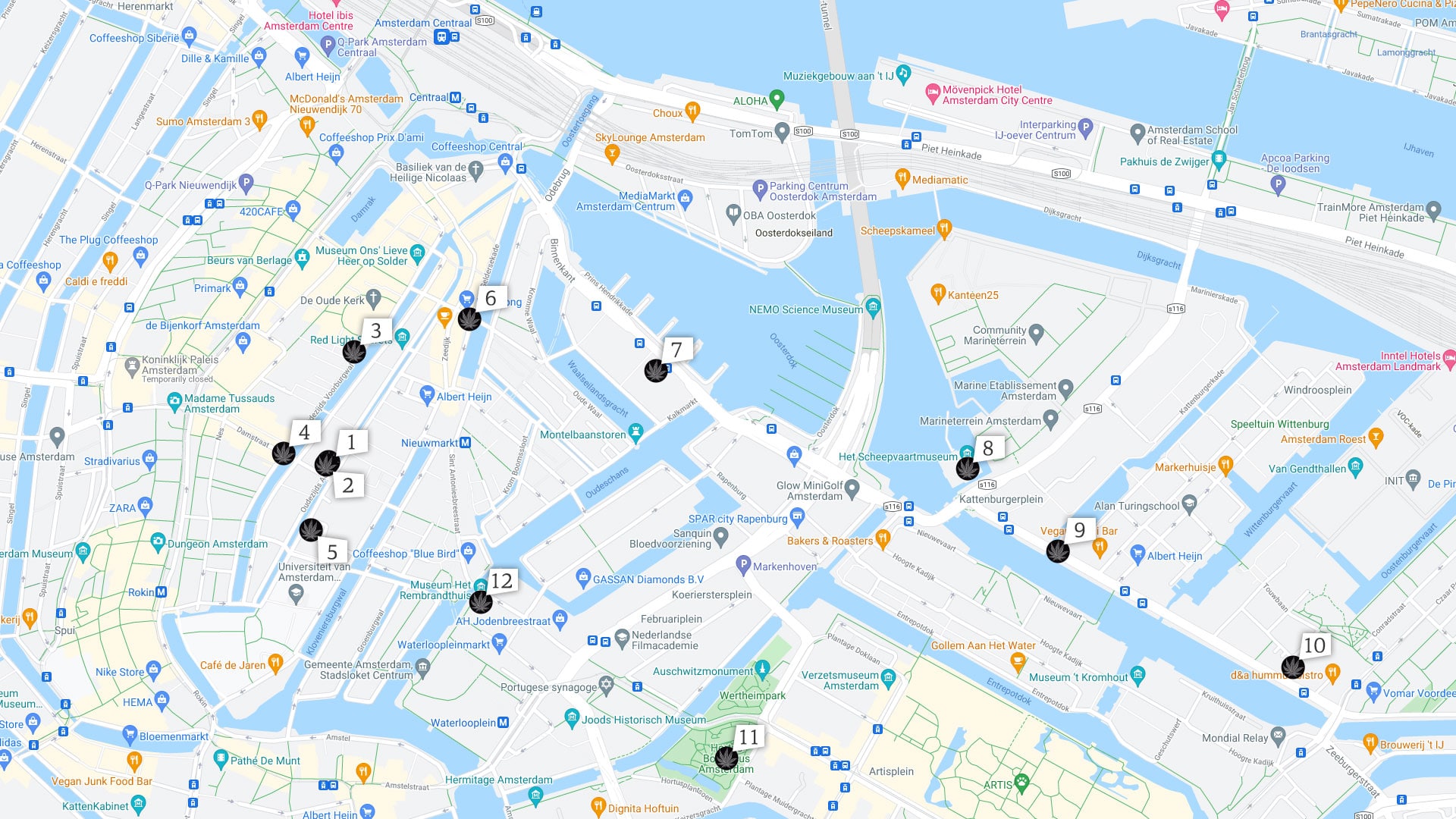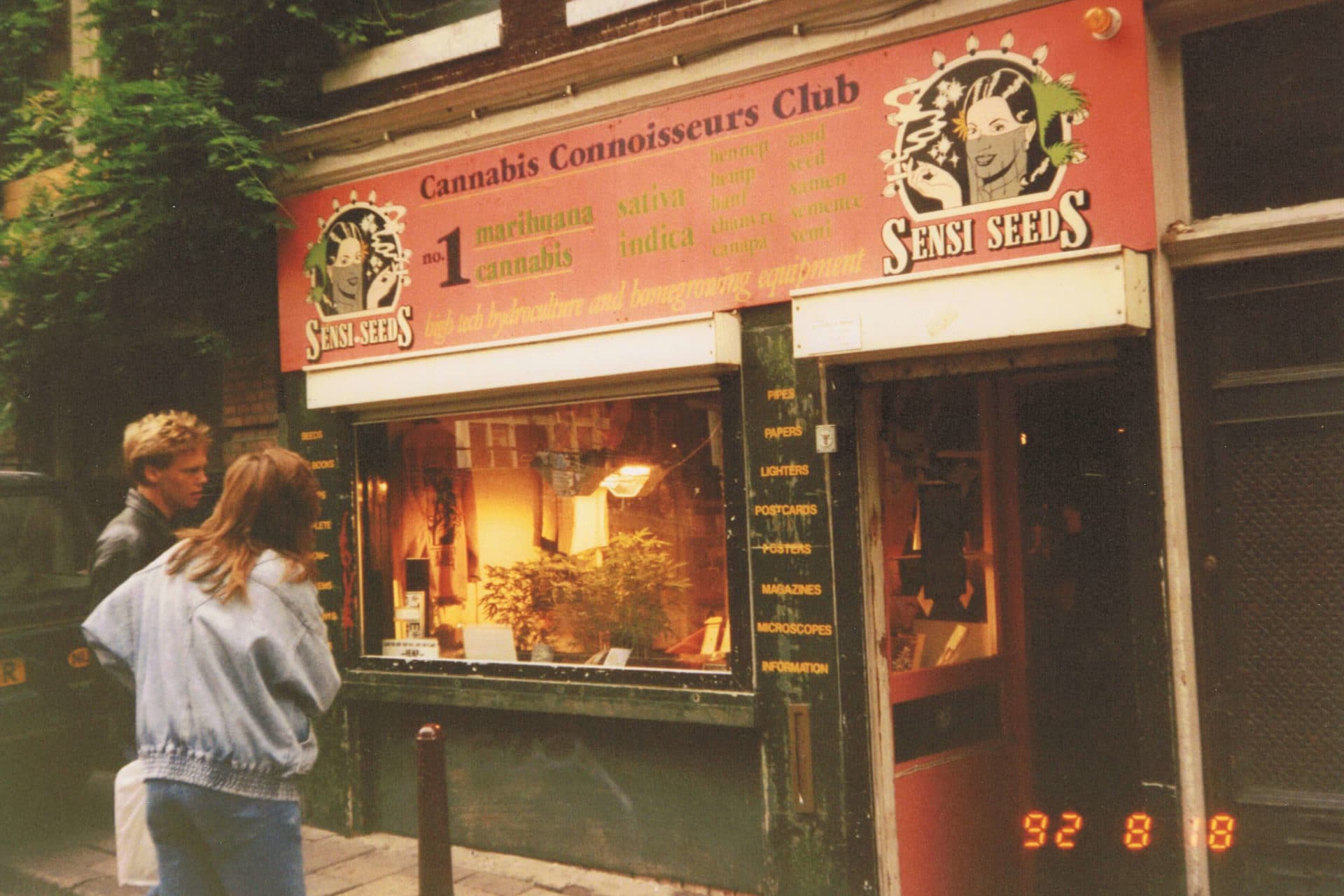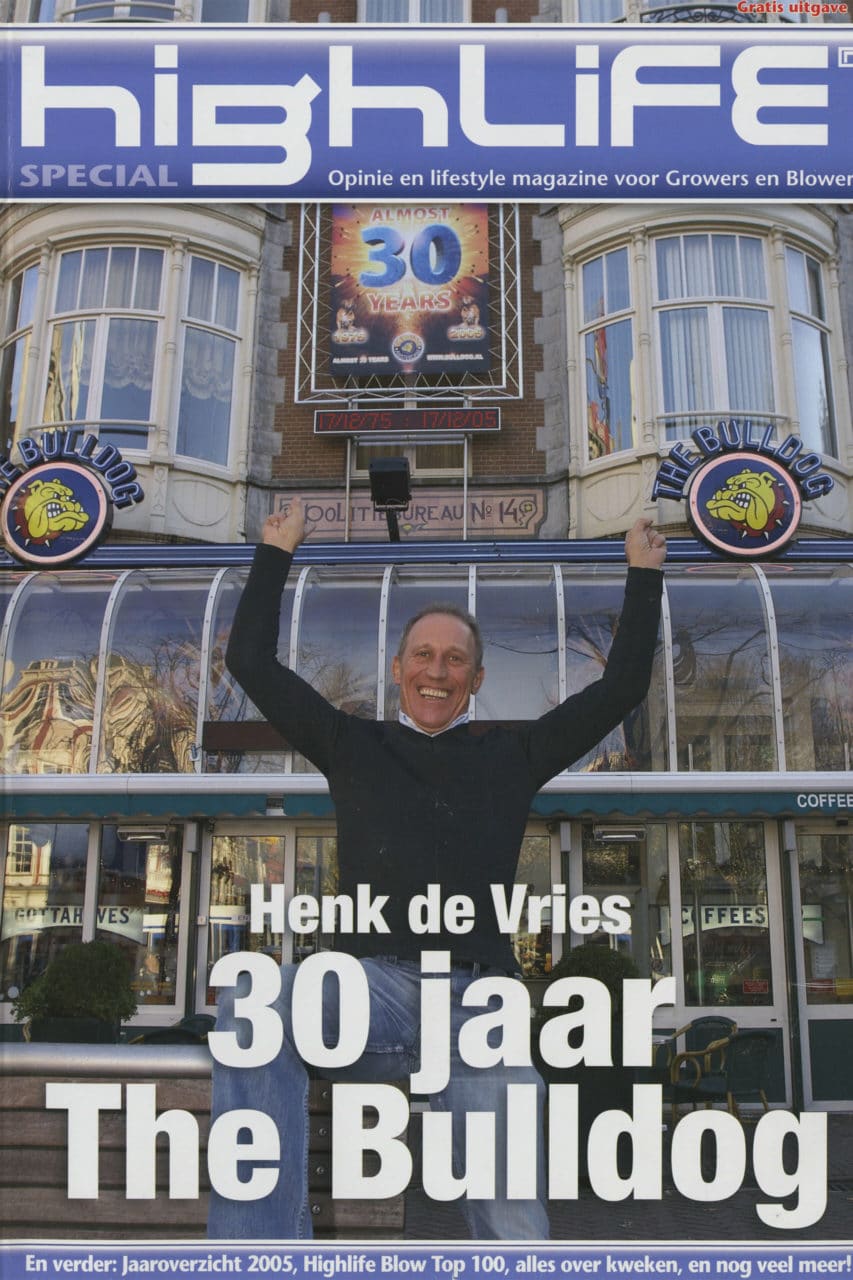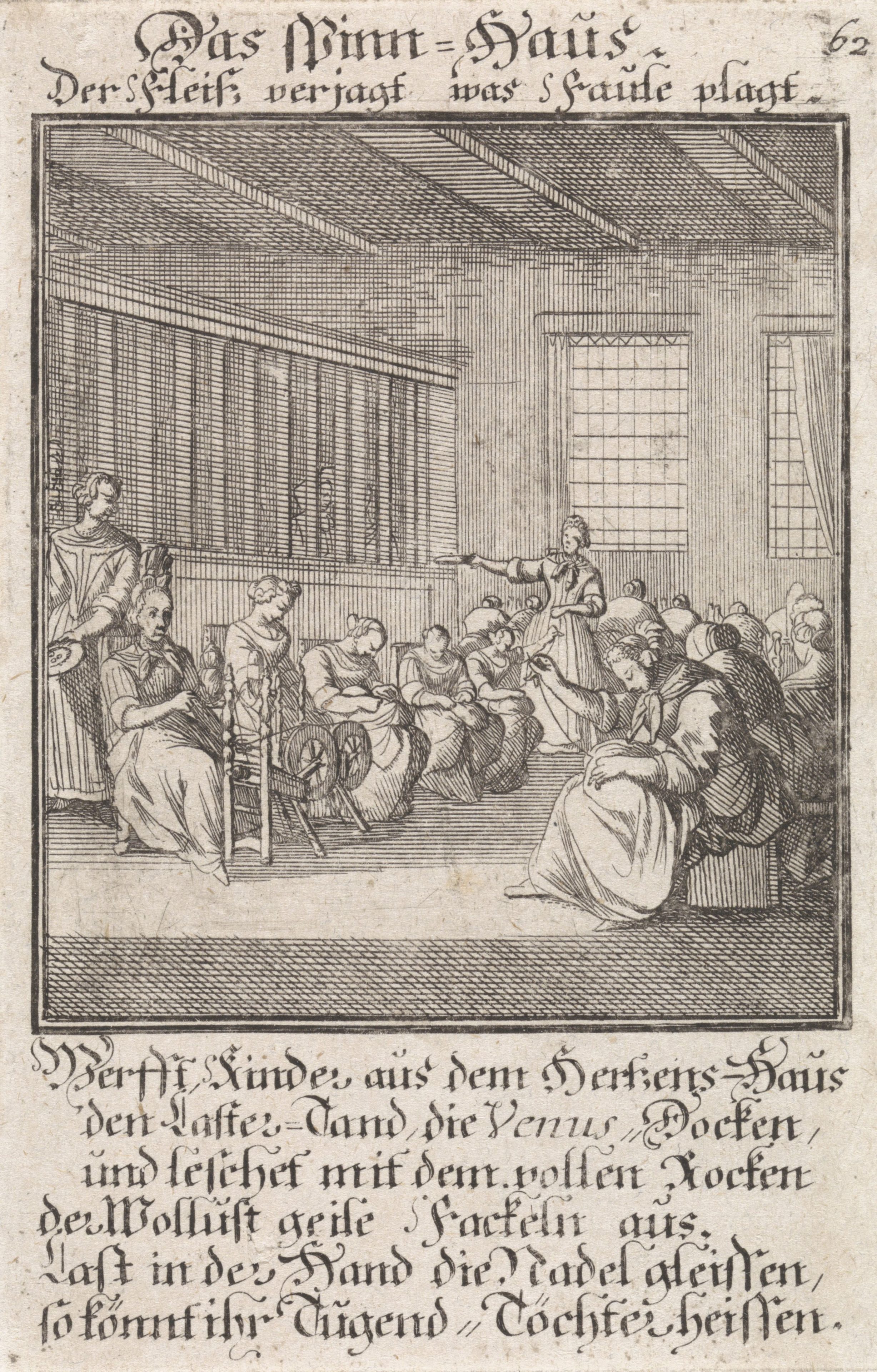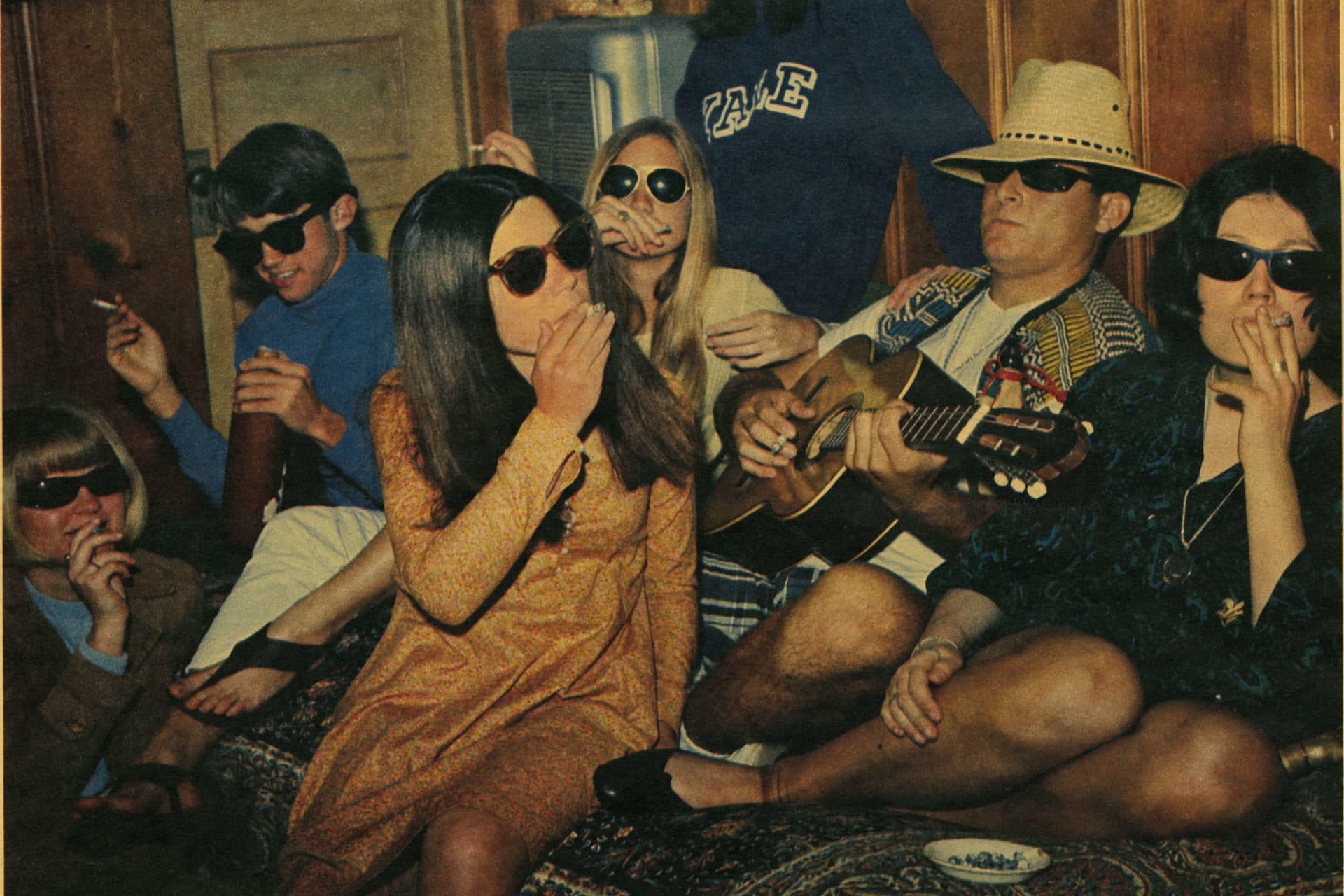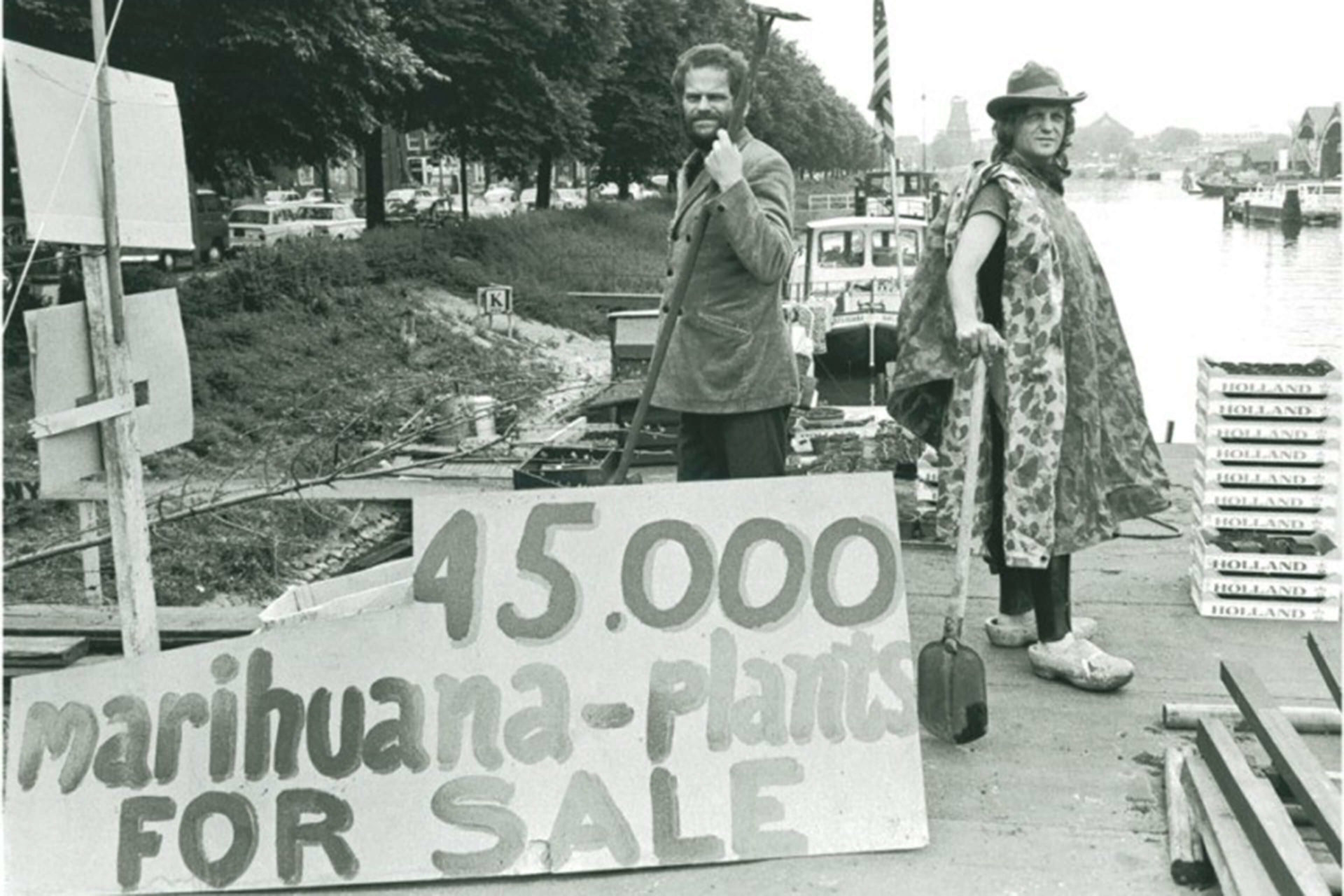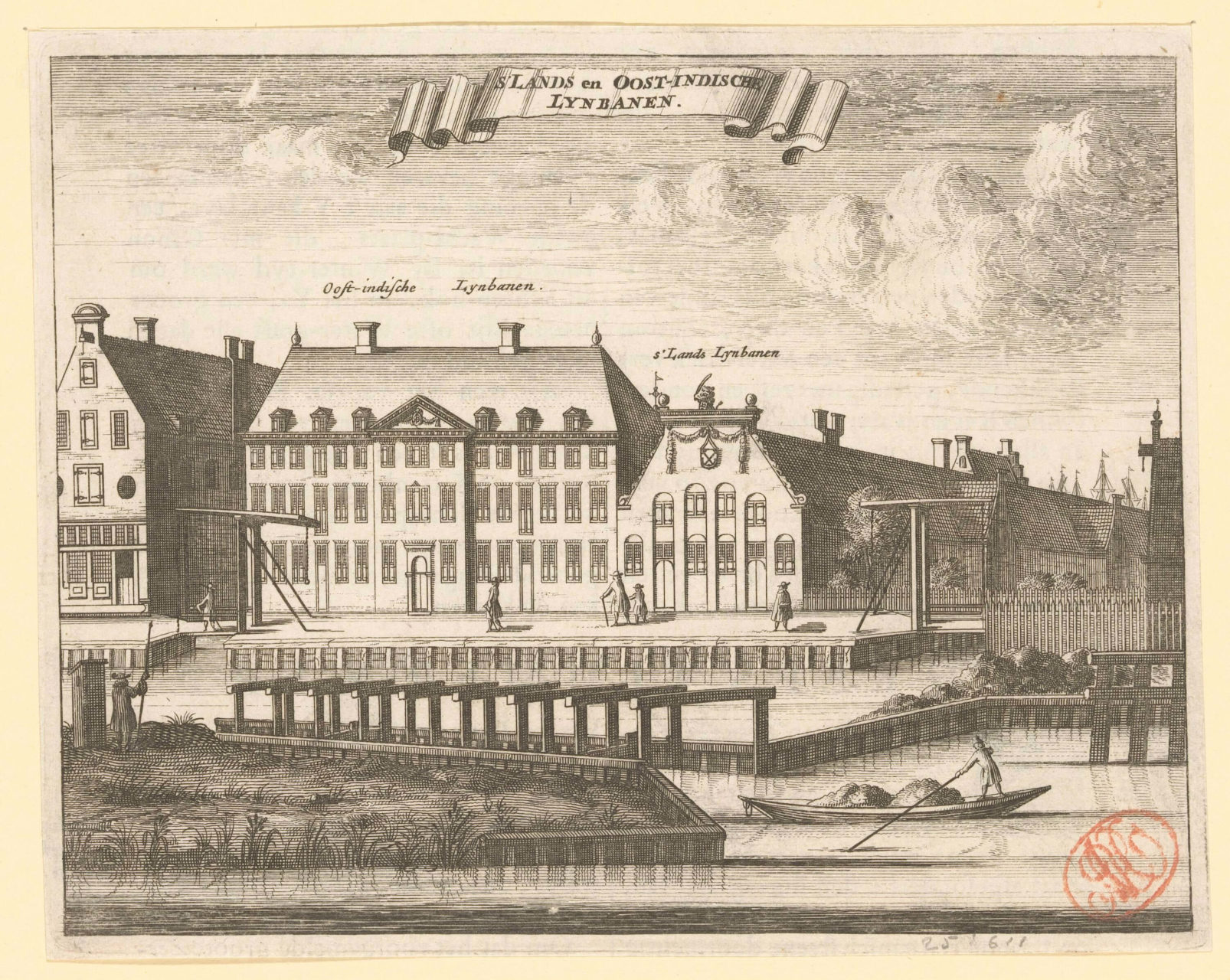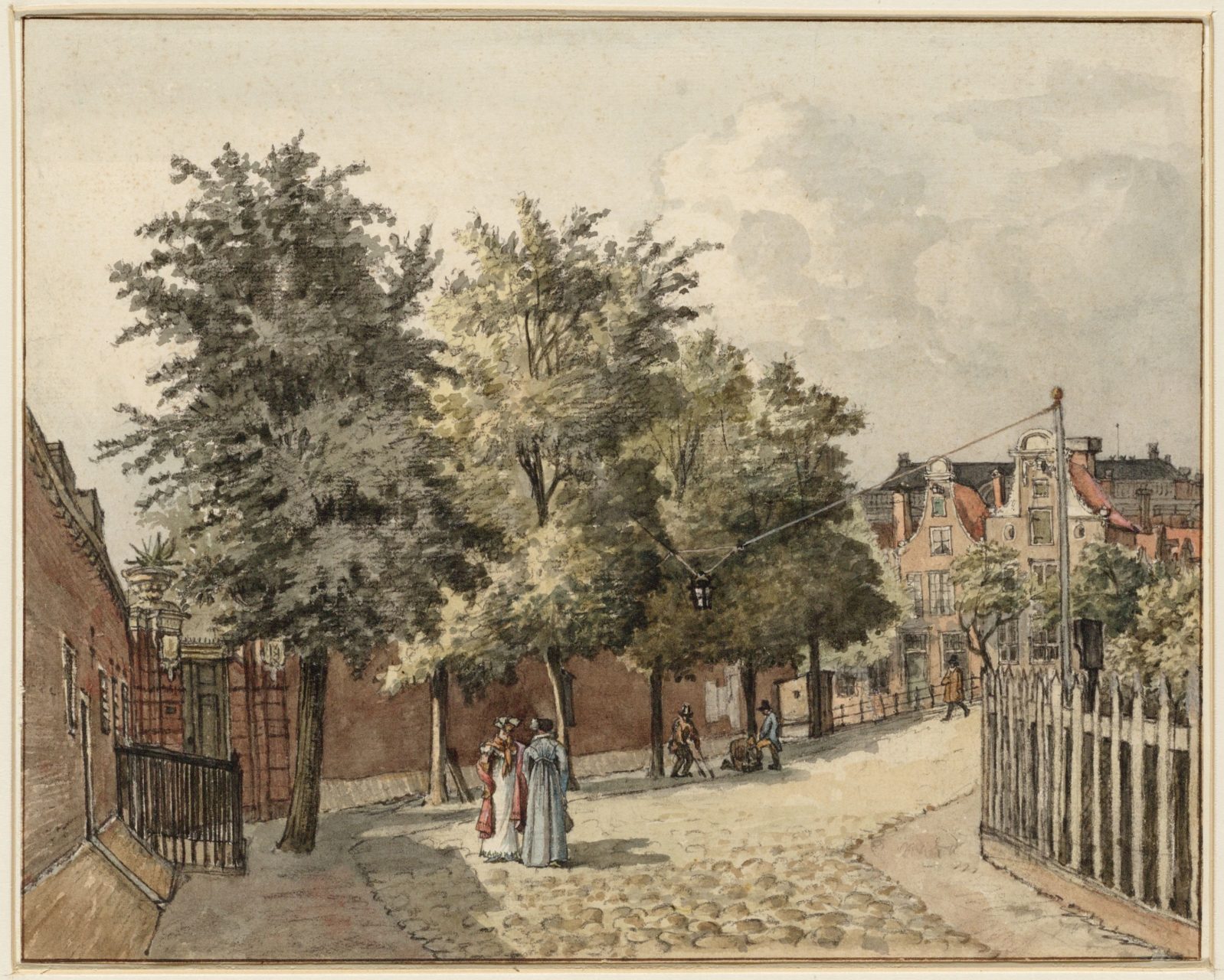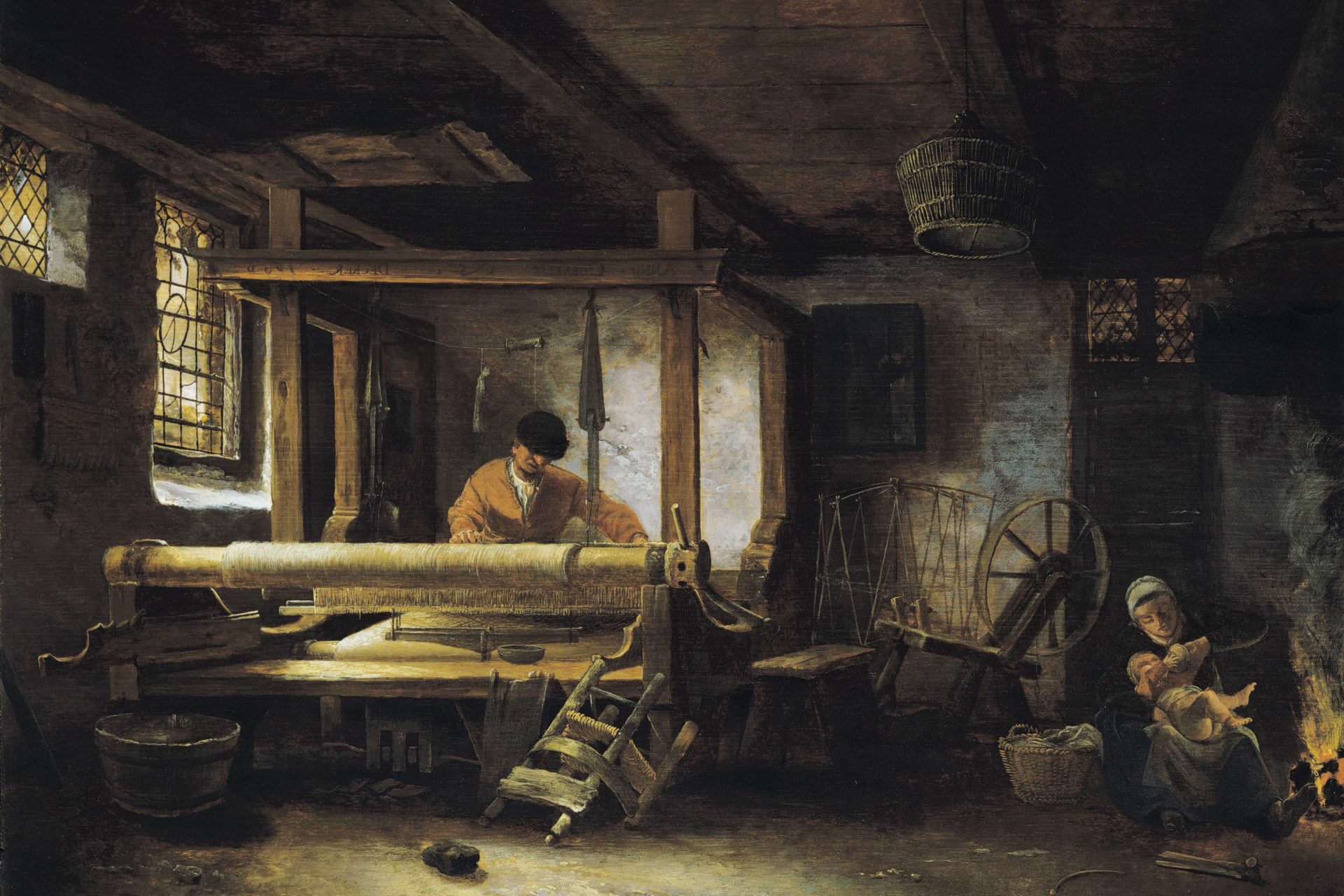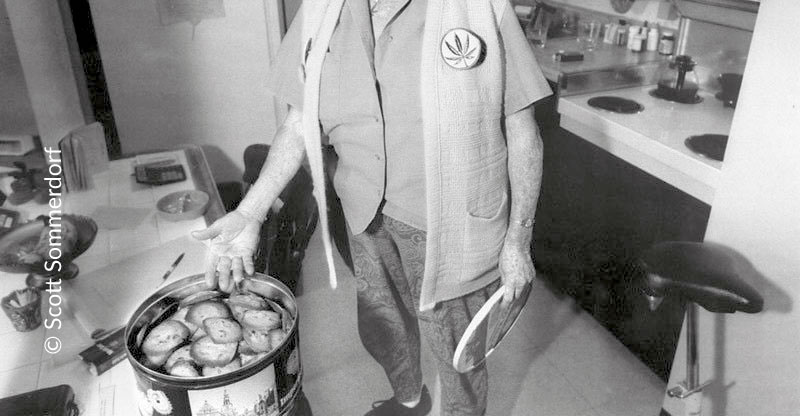Cannabis QR tour
Discover why Cannabis history is your history!
Click on the locations below to discover what role Cannabis played in each place. The entire route takes about an hour and a half if you are walking. Your cannabis knowledge will increase twelvefold, and you will also discover beautiful places in the centre of Amsterdam. Some of the text includes links to special videos related to the place, so we recommend that you occasionally find a bench and enjoy them (but you can also do that at home if it rains).
We hope you enjoy your walk!
1. Hash Marihuana & Hemp Museum
2. Sensi Seeds Seedbank
3. Bulldog
4. Varkenssluis
5. Spinhuis
6. Apotheek W.H. van der Meulen
7. Fantasio
8. Scheepvaartmuseum
9. Lowlands Weed company
10. Lijnbaan van de Vereenigde Oost-Indische Compagnie
11. Hortus Botanicus
12. Rembrandthuis
